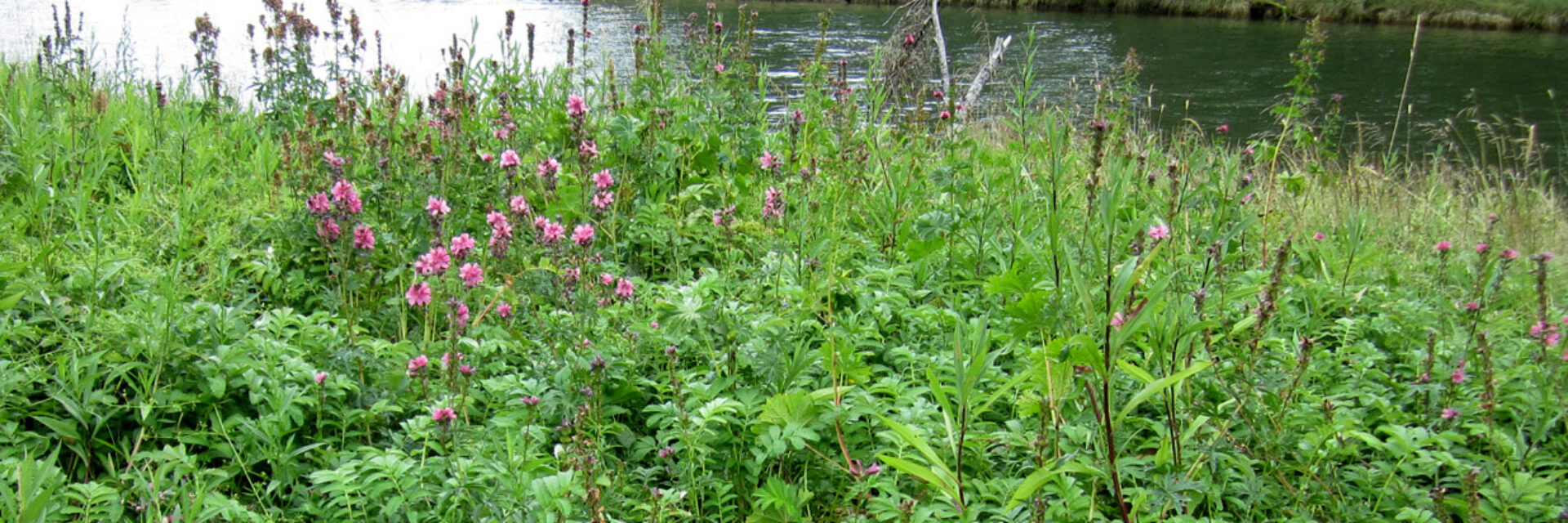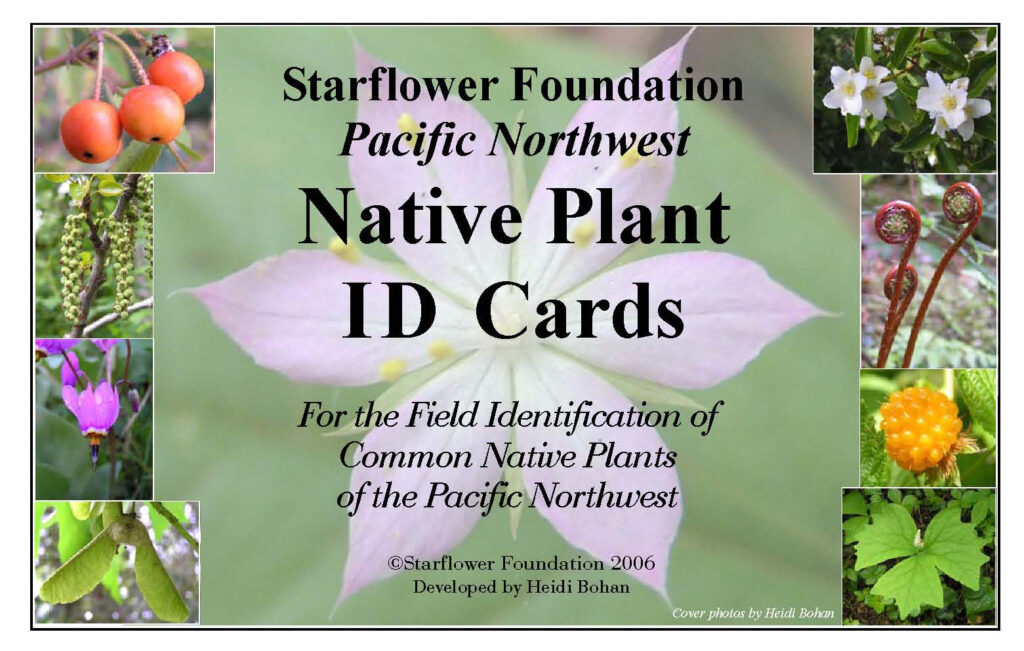
Native Plant ID Cards for Late Winter/ Early Spring Foraging
These cards were originally created for use by community groups and schools to help steward native plant restoration projects in Seattle. I designed them to be user friendly, showing ID characteristics generally available year-round. These are intended to support other educational resources about wild foraging, and are not intended to stand alone for learning how to wild forage. This list is not exhaustive, but includes plants easy to identify that are common to urban restoration projects in Western Washington. To learn more about how they are set up to be used and basic identification terminology see this PDF
Also see my Harvesting Ethics guidelines, and consider reading ‘The Honorable Harvest’ from ‘Braiding Sweetgrass’ by Robin Wall Kimmerer.
Acer circinatum– Vine Maple: PDF
Acer macrophyllum– Bigleaf Maple: PDF
Athyrium felix-femina- Lady Fern: PDF
Pterideum aquilinum– Bracken fern: PDF
Claytonia perfoliata– California Miner’s Lettuce: PDF
Claytonia sibirica– Siberian Miners Lettuce: PDF
Galium aperine- Cleavers: PDF
Equisetum arvense– Horsetail (Common, similar to Giant) PDF
Mahonia aquifolium- Tall Oregon grape PDF
Urtica dioica– Stinging nettle: PDF
Oxalis oregana– Wood Sorrel: PDF
Non-native Plants for Late Winter/Early Spring Foraging
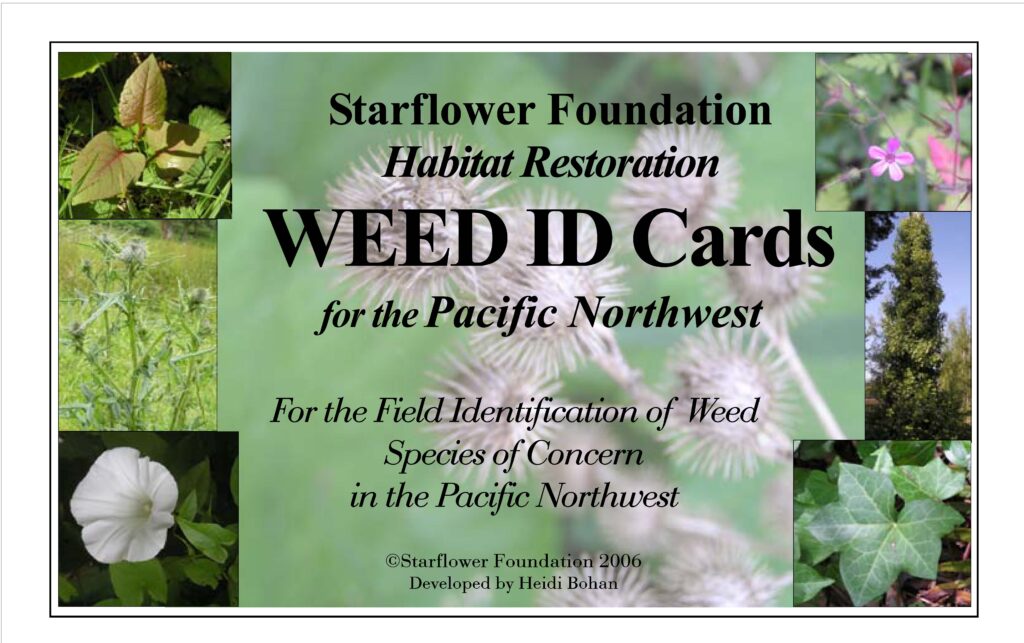
These identification cards were designed for stewardship of native plant restoration sites in parks and schools throughout Seattle. Their focus is on their removal, and much of the information is related to that, though we also recognize these are useful and important plants in our ecosystem. The ID characteristics should prove helpful for those who would like to forage these plants for food and medicine, as part of other teachings. Because they are non-native, often invasive, ethical harvesting is less of a consideration than for the native plants.
Burdock– Arctium minus: PDF
Bittercress– Cardamine species PDF
Chickweed– Stellaria media: PDF
Dandelion– Teraxacum officinale PDF
Clovers– Trifolium species PDF
Red deadnettle- Lamium purpureum PDF
Poisonous Plants you Should Know
In urban areas we have one very dangerous non-native, very common plant, which looks delicious, and a lot like carrot this time of year. All parts are toxic. It is called Poison Hemlock and is thriving throughout our region, common on sides of roads, vacant lots, etc. This is a Plant ID card PDF of this plant and I’ll include another photo below. There is another very poisonous, but native plant, also in the carrot family, but fortunately much less common. The only places I’ve found it are in remote wetland bogs. It is called Pacific Water Hemlock Cicuta douglasii. For this reason new foragers are strongly advised not to harvest any plant that looks like a carrot until you have expert guidance in learning how to identify it. We have a few more to be concerned about, but these two are the biggies, especially the first, since it is everywhere! I also added Foxglove to the gallery since it commonly grows in our forests as a naturalized European plant, and the young spring growth can easily be confused with similar plants such as mullein and burdock.
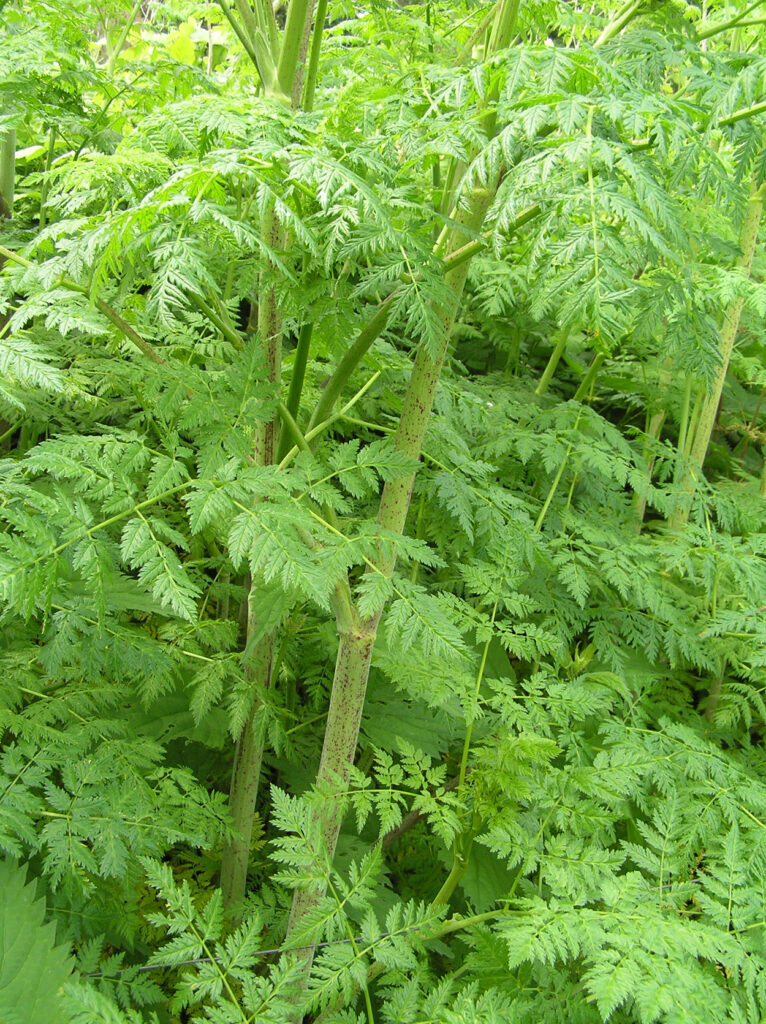
Poison Hemlock- Conium maculatum 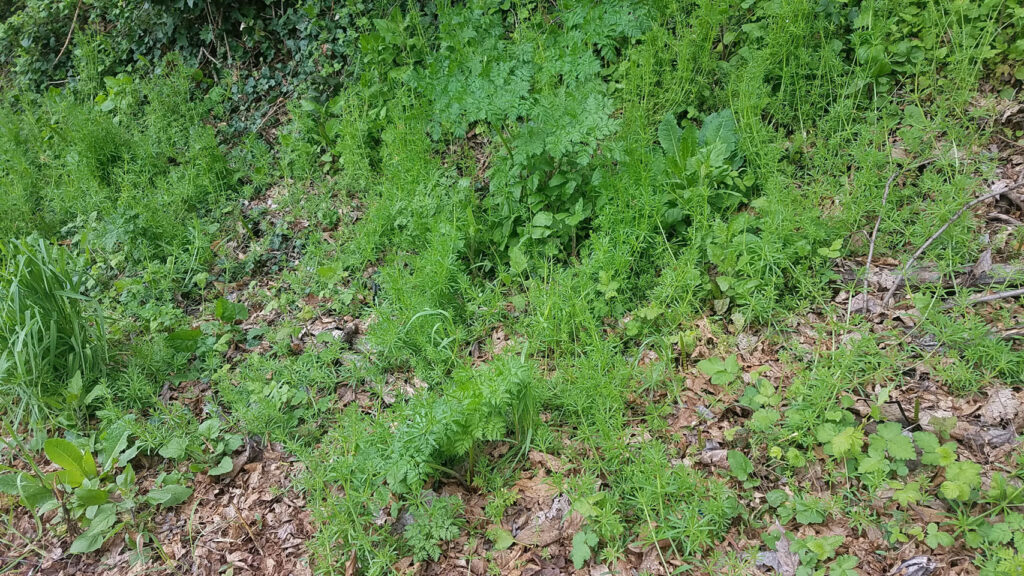
This hillside in Seattle has a mix of edible and poisonous plants. Be sure to know your ID before harvesting! 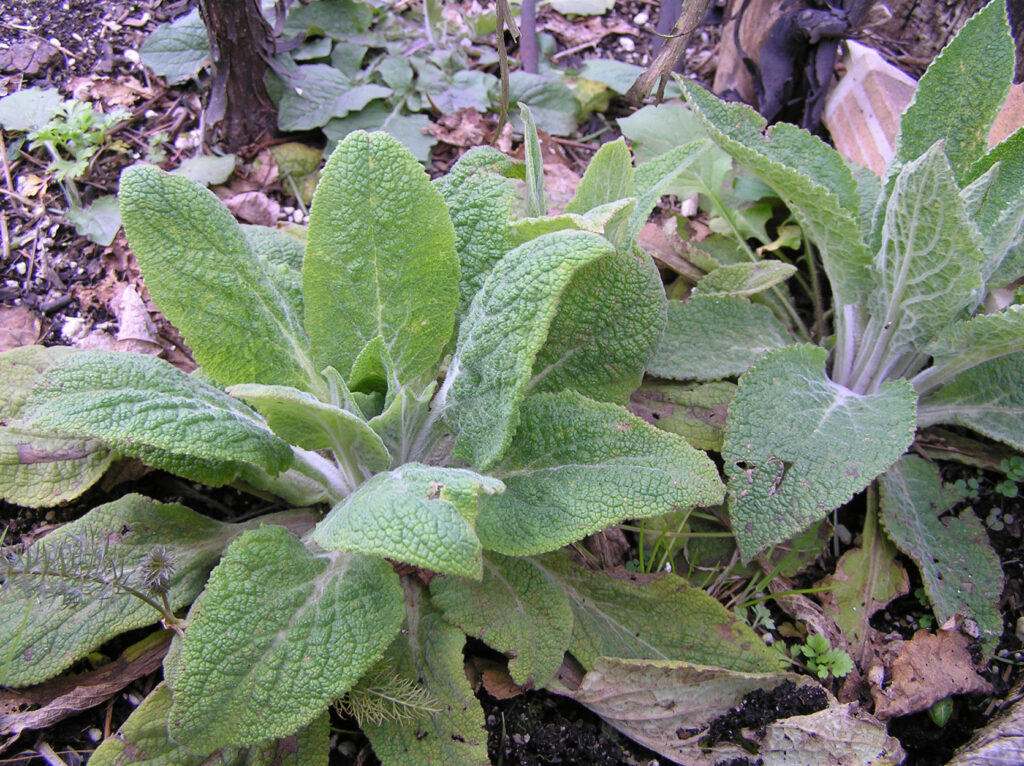
Foxglove- Digitalis purpurea
